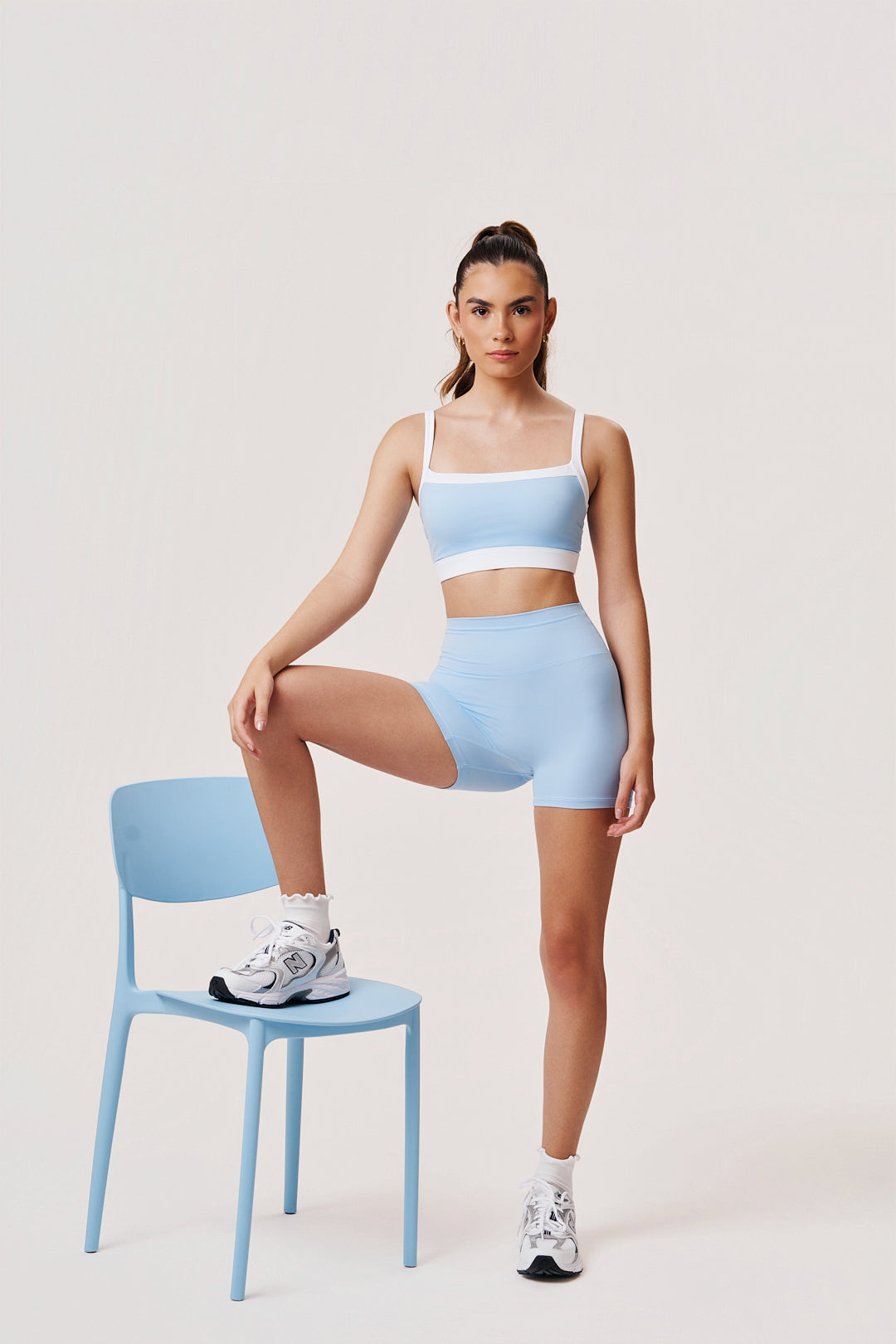You hit the gym, go for a run, or flow through a yoga session – chances are, you're doing it in activewear. And chances are, that activewear is made primarily of polyester. It's cheap, durable, quick-drying, and stretchy – seemingly perfect for workout gear. But have you ever stopped to consider the hidden costs of this synthetic fabric?
:max_bytes(150000):strip_icc()/Pilates-27bb0ee84f994f7fb370dde3b4cbf37f.jpg)
While polyester dominates the activewear market, growing concerns about its impact on our health and the environment suggest it might be time to rethink our reliance on this plastic-based textile.
What's the Problem with Polyester?
Polyester is essentially a type of plastic (polyethylene terephthalate or PET), derived from petroleum – a non-renewable resource. Its production and use come with several potential drawbacks:
- Microplastic Pollution: Every time you wash your polyester leggings or top, tiny plastic fibers, known as microplastics, shed from the fabric. These microplastics flow down the drain, bypass wastewater treatment plants, and end up polluting our rivers, lakes, and oceans. They harm marine life that ingests them and can eventually find their way back into our own food chain.
- Chemical Concerns: The manufacturing process of polyester often involves chemicals, including antimony, a substance linked to potential health issues with prolonged exposure. While the amount transferred through skin contact from clothing is debated, some people experience skin irritation or sensitivity when wearing polyester, especially during intense workouts when sweat and friction increase contact.
- Lack of Breathability: Unlike natural fibers, polyester isn't very breathable. It traps moisture and heat against your skin. While marketed as "moisture-wicking" (pulling sweat away from the skin to the fabric's surface), it can still create a clammy environment, potentially leading to skin irritation, chafing, and unpleasant odors as bacteria thrive in the dampness.
-
Environmental Footprint: Beyond microplastics, polyester has a significant environmental impact.
- Fossil Fuel Dependence: It relies heavily on the extraction and processing of fossil fuels.
- Energy Intensive: Its production requires considerable energy, contributing to greenhouse gas emissions.
- Non-Biodegradable: As a plastic, polyester doesn't readily decompose. Discarded garments can sit in landfills for hundreds of years.
Choosing Better Activewear Alternatives
So, what's the alternative if you want performance wear that's kinder to your skin and the planet? Thankfully, options are growing:
- Merino Wool: Naturally breathable, moisture-wicking, temperature-regulating, and odor-resistant.
- TENCEL™ (Lyocell): Made from sustainably sourced wood pulp in a closed-loop process, it's soft, breathable, and biodegradable.
- Organic Cotton: While less moisture-wicking than synthetics, it's breathable and free from harsh pesticides used in conventional cotton farming. Good for lower-intensity activities.
- Recycled Polyester (rPET): Made from recycled plastic bottles, this reduces reliance on virgin fossil fuels and diverts plastic from landfills. However, it still sheds microplastics, so washing it in a special bag (like a Guppyfriend) is recommended.
- Bamboo Lyocell: Similar benefits to Tencel, but ensure it's processed using the closed-loop lyocell method, not the more polluting viscose process.
Making Conscious Choices
Switching entirely away from polyester might be challenging or expensive, but awareness is the first step. When buying new activewear:
- Read the Labels: Understand what your clothes are made of.
- Consider Alternatives: Explore brands using natural or more sustainable synthetic fibers.
- Wash Mindfully: Use a microfiber-catching laundry bag or filter for any synthetic clothing you own. Wash less often and use cold water.
- Buy Less, Choose Well: Invest in high-quality pieces you'll wear for a long time, regardless of the material.
Your workout gear should support your health and well-being – and that includes considering the health of the planet and your own skin. By making more informed choices about the fabrics we wear, we can sweat better, feel better, and do better for the environment.


